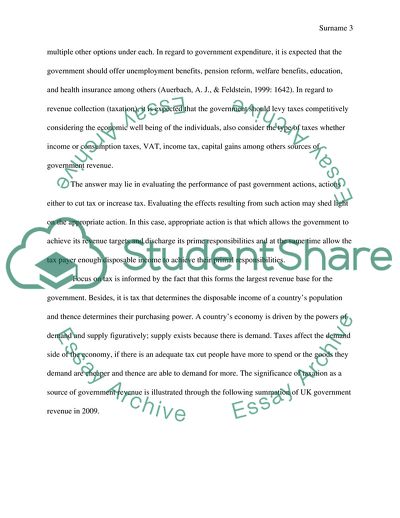Cite this document
(Economic view of public finance Essay Example | Topics and Well Written Essays - 2000 words, n.d.)
Economic view of public finance Essay Example | Topics and Well Written Essays - 2000 words. https://studentshare.org/macro-microeconomics/1772119-economic-view-of-public-finance
Economic view of public finance Essay Example | Topics and Well Written Essays - 2000 words. https://studentshare.org/macro-microeconomics/1772119-economic-view-of-public-finance
(Economic View of Public Finance Essay Example | Topics and Well Written Essays - 2000 Words)
Economic View of Public Finance Essay Example | Topics and Well Written Essays - 2000 Words. https://studentshare.org/macro-microeconomics/1772119-economic-view-of-public-finance.
Economic View of Public Finance Essay Example | Topics and Well Written Essays - 2000 Words. https://studentshare.org/macro-microeconomics/1772119-economic-view-of-public-finance.
“Economic View of Public Finance Essay Example | Topics and Well Written Essays - 2000 Words”. https://studentshare.org/macro-microeconomics/1772119-economic-view-of-public-finance.


